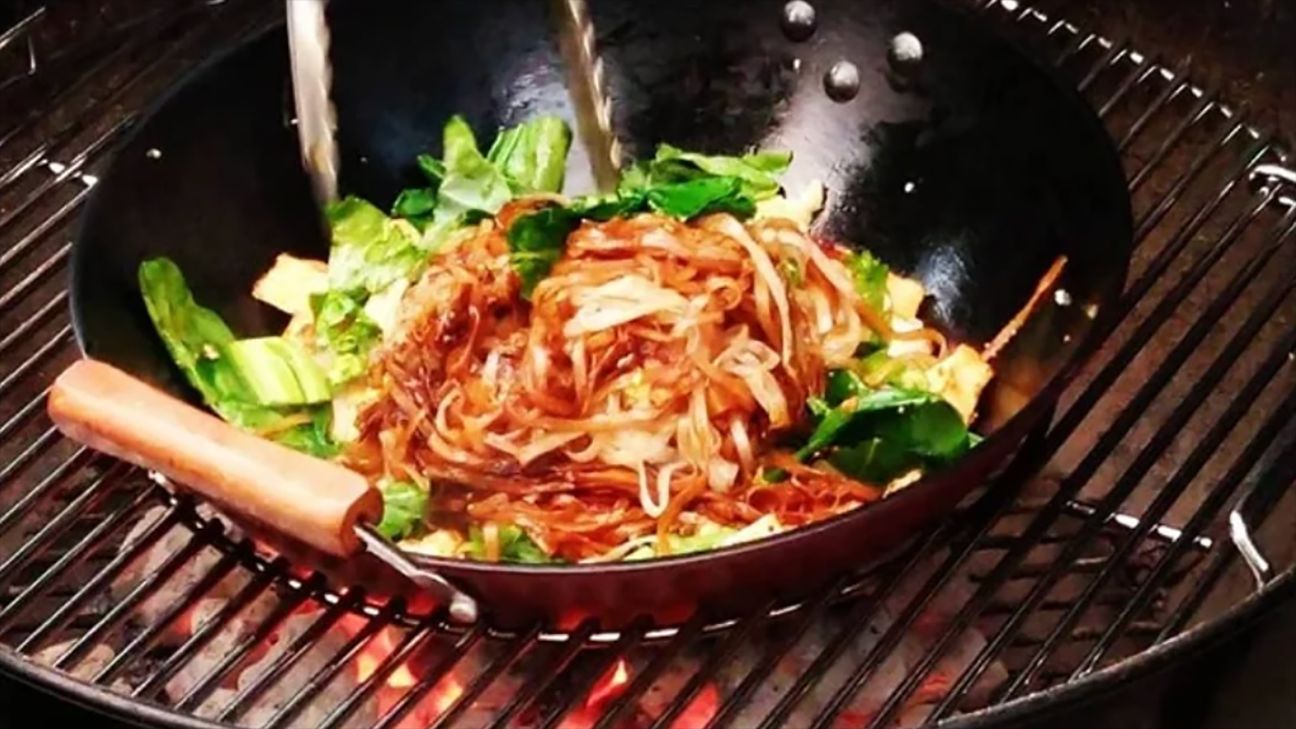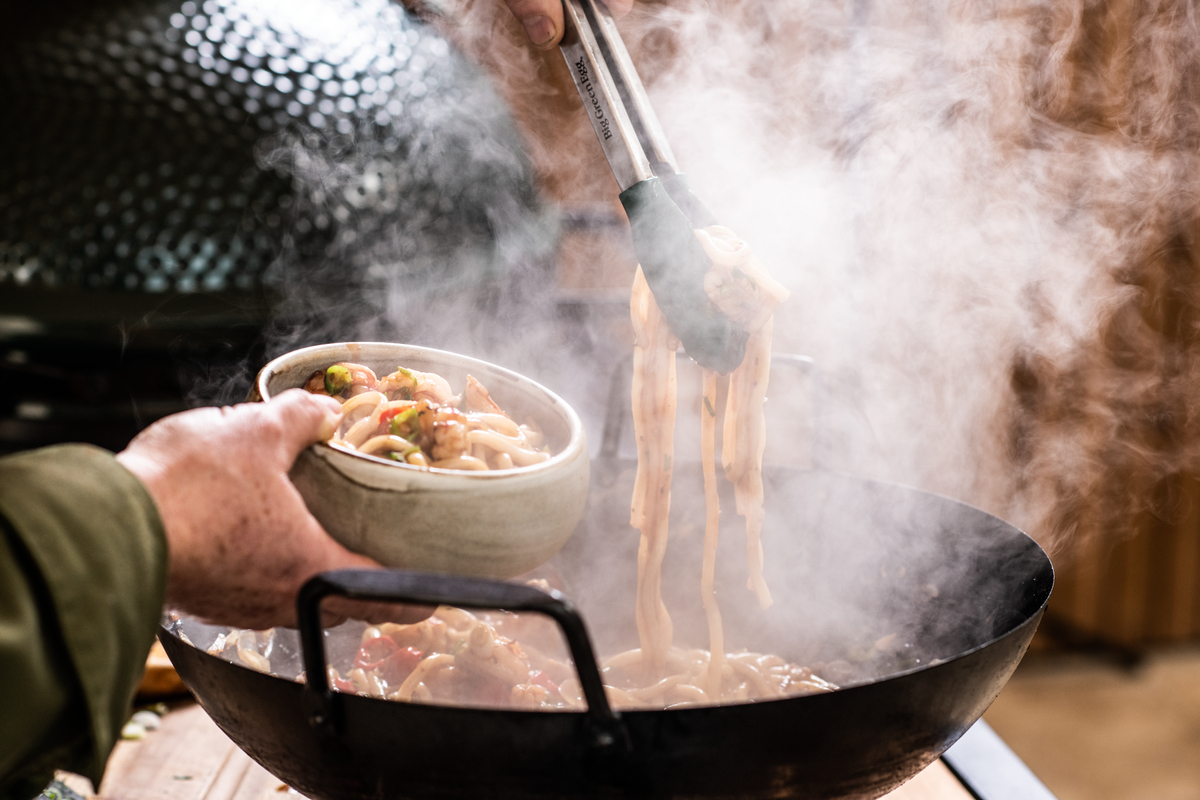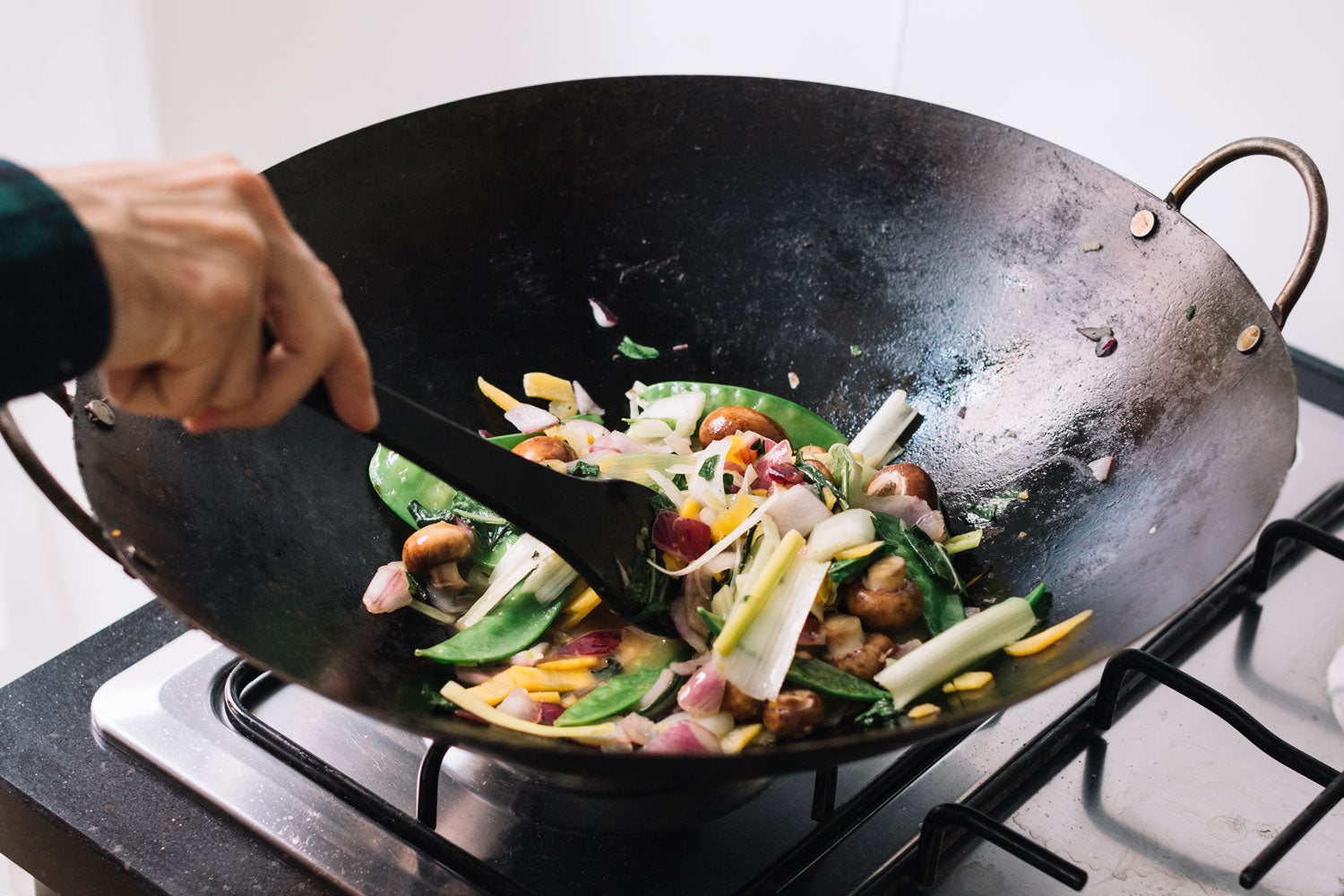For kitchen professionals, knowing how to season a carbon steel wok is not just a skill; it is a vital part of achieving culinary excellence. A well-seasoned wok can enhance flavors, create mouthwatering textures, and is the secret to achieving that revered 'wok hei' or 'breath of the wok.' This guide will walk you through the meticulous process of seasoning a carbon steel wok, alongside the reasons why this step cannot be overlooked.
The process of seasoning is essentially a way to prepare your wok's surface for cooking. Unlike non-stick pans that come pre-seasoned with chemicals, carbon steel relies on a natural seasoning process to develop its surface. Seasoning not only prevents sticking but also builds an attractive patina over time, deepening its flavor. In this guide, we will cover all aspects of how to season a carbon steel wok effectively.

Why Choose a Carbon Steel Wok?
Before we dive into seasoning techniques, let us explore the reasons why a carbon steel wok is a desirable tool for any kitchen:
- Versatility: A carbon steel wok can be used for various cooking methods such as stir-frying, steaming, and deep-frying.
- Durability: If properly maintained, a carbon steel wok can last a lifetime.
- Heat Conduction: This material heats quickly and evenly, allowing for precise cooking and temperature control.
- Non-Stick Surface: With proper seasoning, a carbon steel wok can develop a natural non-stick surface that enhances the cooking experience.

Understanding the Seasoning Process
Essential Ingredients for Seasoning
To successfully season your carbon steel wok, gather the following materials:
- 1 carbon steel wok
- High smoke point oil (such as canola or grapeseed oil)
- Paper towels
- A stovetop or oven
Step-by-Step Guide on How to Season a Carbon Steel Wok
Follow these steps to ensure proper seasoning:
1. Cleaning Your Wok
Begin by removing the protective coating that may cover your new wok. This protective finish is often a waxy substance; use soap and hot water to scrub it off thoroughly. Rinse and dry completely.
2. Heating the Wok
Place your dry wok on the burner set to medium-high heat. Allow it to heat for around 10 minutes until the surface changes color. It should start turning a bluish hue. This indicates that the metal is reaching a potential point for seasoning.
3. Applying the Oil
Once heated, take a paper towel or cloth and dip it in your chosen oil. Carefully rub a thin layer of oil all over the inner surface. Remember, only a thin layer is required, as too much oil can lead to sticky residues.
4. Wiping Off Excess Oil
If you find that you have applied too much oil, get a clean paper towel to wipe off the excess, leaving a very thin sheen.
5. Heating Again
Return your wok to the burner and allow it to heat until it begins to smoke. Immediately turn the heat down to medium and continue heating for several more minutes. This process polymerizes the oil, creating the essential non-stick layer.
6. Repeating the Process
To achieve a darker, richer patina, repeat the oil application and heating process two or three more times. Each layer adds to the wok's non-stick properties and deepens its flavor.
Maintaining Your Seasoned Wok
The more you use and season your wok, the better it becomes. Here are some maintenance tips:
- After each use, clean your wok with hot water and a soft scrubber.
- Avoid using soap as it may strip the seasoning.
- Dry it thoroughly after washing to prevent rust.
- Apply a thin layer of oil after each cleaning.

The Importance of Regular Seasoning
It is advisable to regularly season your wok, especially if it begins to look dull or if food starts sticking to the surface. Regular maintenance not only protects your investment but also ensures optimal cooking results.

Additional Resources for Kitchen Professionals
Get further insights from trusted sources: How to Cook with a Wok and Wok Guide for added depth in your kitchen knowledge.
Frequently Asked Questions
1. How often should I season my carbon steel wok?
It is recommended to season your wok every few weeks or whenever it shows signs of wear and tear.
2. Can I use regular cooking oil for seasoning?
While you may use regular cooking oil, it is best to opt for oils with a high smoke point like canola or grapeseed oil.
3. Is seasoning a carbon steel wok necessary?
Yes, it is crucial to ensure a non-stick surface and to prevent rusting, which can ruin your cooking experience.
As an Amazon Associate, I earn from qualifying purchases.






Leave a comment
This site is protected by hCaptcha and the hCaptcha Privacy Policy and Terms of Service apply.